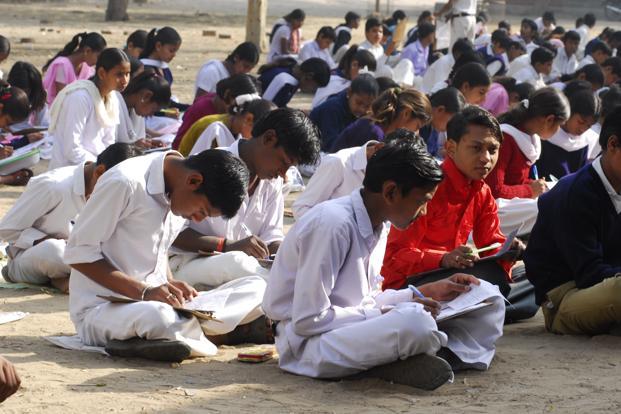
This article was first published by the Mint newspaper on October 6, 2014.
There is a lot of discussion on the shortage of teachers in our schools. While India is trying to find a way to fill the vacant positions of teachers and perhaps also find out how many of the 7.7 million school teachers actually go to teach, I wanted to share with you the preparedness level of our children in high schools and higher secondary schools.
This is a story from five blocks of Aizawl district of Mizoram. Actually, we got an opportunity to design an Android operating system-based survey to study the technical infrastructure and connectivity status in high schools and B.Ed. colleges. The mandate of the study, more specifically, was the current and required infrastructure for these institutions with a focus on connectivity, access, power, technical support, human resources and the availability and feasibility of high-speed Internet.
Our team met students, teachers, principals, computer lab in-charges, technology experts, technology support teams, and government officials in the District Institute of Education and Training, Rashtriya Madhyamik Siksha Abhiyan, department of education, block offices, district collectorate, beside Bharat Sanchar Nigam Ltd (BSNL). In total, the study covered 66 schools of all types across five blocks of the Aizawl district.
The key findings have been alarming and a lesson for those who would be wondering about the quality of education. To start with, the broadband Internet facility is provided in Aizawl district mainly by BSNL. However, the Internet links to schools have been damaged and the connection disrupted in a majority of schools and not repaired for years. Most of the schools which have Internet facility, use data cards or dongles. Some smartphone users use Internet through their mobile data service. The average Internet speed available is not more than 512 Kbps.
More than 90% of the schools surveyed in rural areas do not have any kind of Internet connectivity. BSNL towers are present in most villages but the service is slow and cable links to schools have been damaged, discouraging schools from getting Internet facilities.
Mizoram’s State Council of Educational Research and Training (SCERT) has provided 10 computers, 10 UPS power backups and a projector each to most of the schools in urban and rural areas, but that does not mean they have actually been set up in a computer lab. While some schools in urban areas have computer labs, very few in rural areas have a functional computer lab. The other institutions that are responsible for providing computers to the schools are Mizoram Board of School Education and Rashtriya Madhyamik Siksha Abhiyan. Interestingly, while 60% of the provided computers in the schools have been found functional, the UPSs are non-functional, and all the active computers are used for administrative work such as “typing official documents or question papers and printing them or for entertainment purposes like playing games.” Experiencing the situation on the ground, my colleague who was in the field doing the survey said: “Most computer labs are rarely accessed by teachers and almost never by students.” Moreover, while a projector has been identified as a very effective tool to engage with children the teachers confess that they are not trained adequately to use LCD projectors and therefore, these devices are rarely used.
The survey also found that a compulsory information technology subject has been removed from the syllabus resulting in no specialized IT teacher in any of the schools, and there is no fund allocated to hire one even if there is a desire to do so. In higher secondary schools, the computer labs are only accessible to those students who specialize in computer sciences; other students have no access. Many teachers do have computers at home but the usage is limited to social media, gaming and typing.
The task is clearly cut out for the ministry of human resource development and department of IT: set a target and have all 1.5 million schools connected through high-speed Internet and provide the 7.7 million teachers with 3G-enabled tablets.









